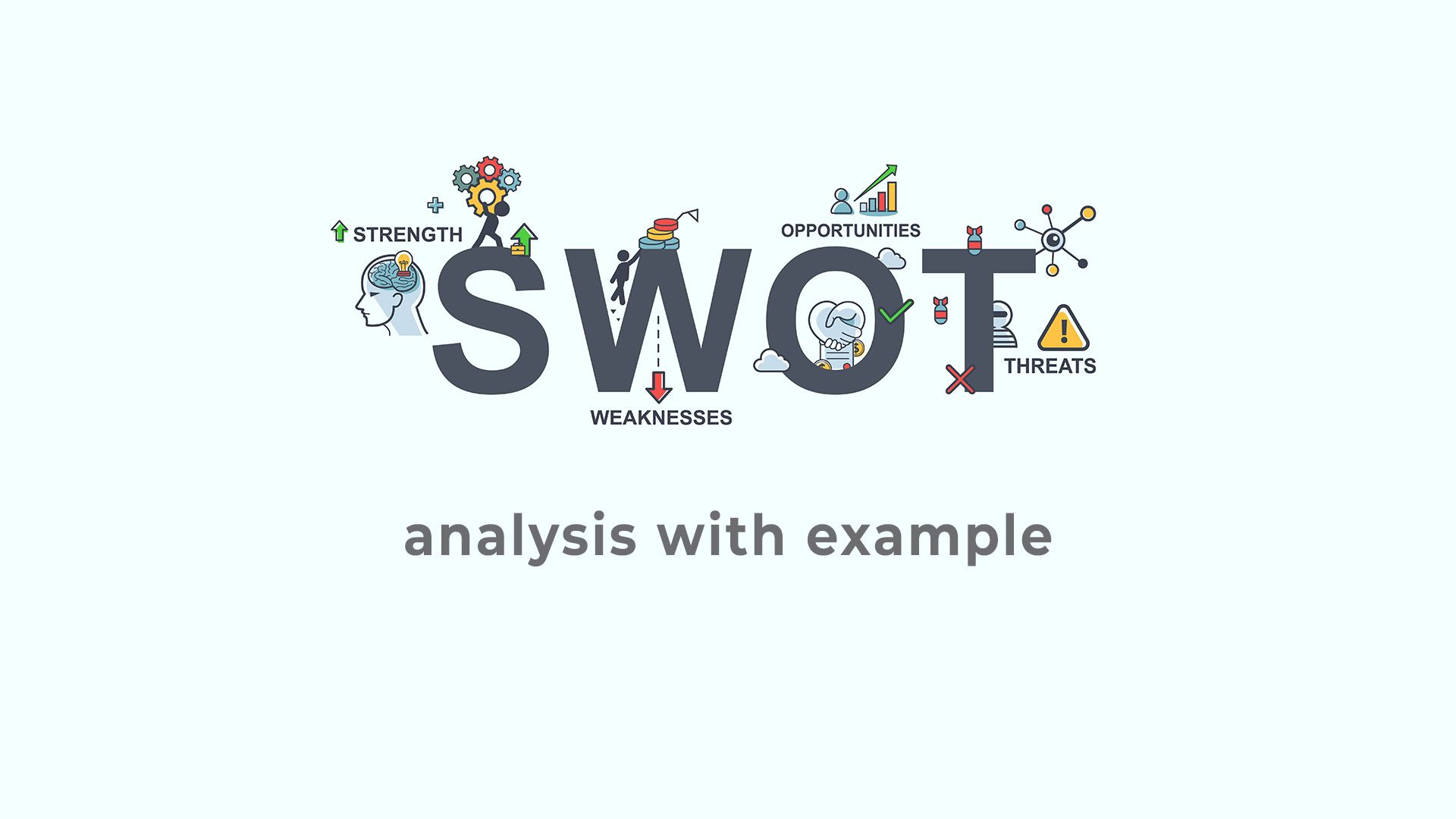In today’s competitive business landscape, growth strategies have become essential for success. Companies must identify their strengths, weaknesses, opportunities, and threats to navigate challenges effectively. One of the most valuable tools for formulating these strategies is SWOT analysis. This framework enables organizations to gain insights into their market position and leverage their strengths while addressing vulnerabilities.
This article will delve deeper into SWOT analysis and its application in supporting effective business growth strategies. By methodically evaluating both internal and external factors, companies can create practical strategies customized to their specific situations. Implementing insights gained from SWOT analysis can enhance decision-making processes, ultimately fostering a culture of continuous improvement and sustained growth in an ever-evolving market environment.

Procedures for Performing a SWOT Analysis
1. Identifying Strengths
Strengths are positive attributes a company has that give it a competitive advantage. To identify strengths, companies need to evaluate factors such as brand reputation, product innovation, team capabilities, and financial resources.
Once strengths are identified, companies can determine how to leverage these strengths in their growth strategy. For example, if a company has strong product innovation, they might consider introducing new, more innovative products to the market.
2. Identifying Weaknesses
Weaknesses are internal factors that can hinder a company’s growth. Recognizing weaknesses necessitates transparency and candor from the management team. This can include deficiencies in resources, skills, or technology.
Once weaknesses are identified, the next step is to formulate a plan to address the problem. For example, if a company lacks skilled human resources, they might consider training or hiring new workers.
3. Identifying Opportunities
Opportunities are outside elements that can be advantageous for a business. These opportunities can come from market changes, industry trends, or technological developments.
Companies need to continually monitor the external environment to find new opportunities. Once opportunities are identified, growth strategies can be focused on exploiting them, such as entering new markets or developing new products.
4. Identifying Threats
Threats are external elements that may negatively impact a company. These can include increased competition, regulatory changes, or unstable economic conditions.
It is important to carefully analyze threats in order to formulate strategies that can mitigate their negative impact. This can be done through product diversification, strengthening customer relationships, or adapting to market changes.
Integrating the SWOT Analysis into a Growth Strategy
Once the SWOT analysis has been conducted, the next step is to integrate the findings into a growth strategy. This involves formulating a specific action plan based on the four elements of the analysis.
Capitalizing on Strengths and Opportunities
The first step is to identify how the company’s strengths can be used to exploit existing opportunities. For example, if the company has a strong marketing team, they can use this strength to introduce new products to emerging markets.
The strategy developed here should focus on leveraging existing strengths to maximize the opportunities available. This will also increase the company’s competitiveness in the market.
Addressing Weaknesses and Threats
Next, companies need to formulate strategies to overcome existing weaknesses and reduce the impact of threats. For example, if a company faces threats from more innovative competitors, they can invest in research and development to improve their products.
This is a proactive step that not only helps the company survive but also thrive despite the challenges. Companies can also consider strategic collaborations with other companies to overcome weaknesses.
Case Study: Implementing SWOT Analysis in Famous Companies
Example 1: Starbucks
Starbucks is an example of a company that successfully used SWOT analysis. Their strengths lie in their strong brand and superior customer experience. The opportunity they saw was growth in the international coffee market.
By identifying these strengths and opportunities, Starbucks was able to expand its presence in the global market, opening coffee shops in various countries. They also continued to develop new menus and improve customer experiences to stay relevant.
Example 2: Blockbuster
Conversely, Blockbuster is an example of a company that failed to adapt SWOT analysis well. They had the strength of a well-known brand name, but a weakness in technological innovation.
When streaming services like Netflix emerged, Blockbuster failed to identify the threat and failed to adapt. As a result, the company experienced a significant decline and eventually went bankrupt.
Closing
Conducting a SWOT analysis is a vital step for businesses aiming to develop effective growth strategies. By understanding their strengths, weaknesses, opportunities, and threats, companies can create informed plans that leverage their unique advantages while addressing potential challenges. This proactive approach not only enhances decision-making but also positions organizations for sustained success in a dynamic marketplace.
Ultimately, the integration of SWOT analysis into business strategy fosters a culture of continuous improvement and adaptability. Companies that regularly assess their internal and external environments are better equipped to respond to market changes and capitalize on emerging opportunities. Embracing this analytical framework will empower businesses to thrive, ensuring long-term growth and resilience in an ever-evolving landscape.